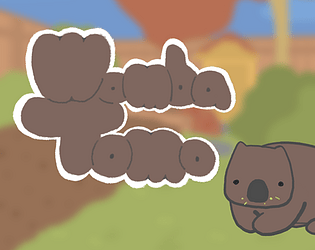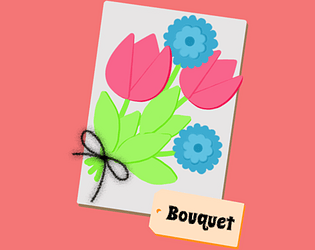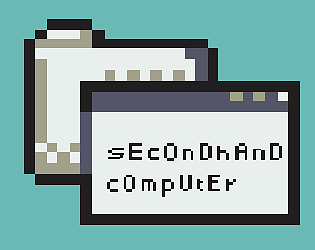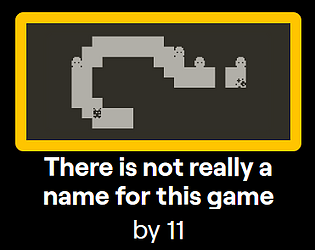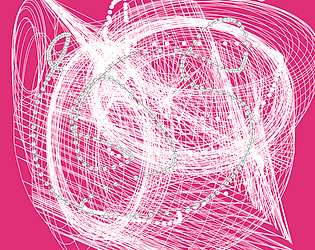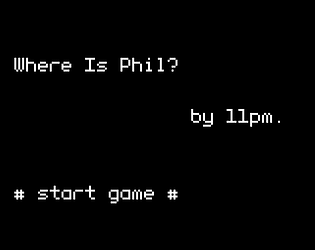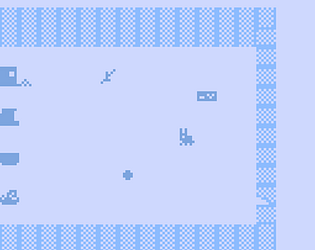I had a great time playing Listen. It is a well-designed puzzle game with lots of complex interactions between the player and the objects in the game. Few rules and objects were brought to my attention immediately when I started playing in the colored boxes and the plus sign. The player needs to push the plus sign into the white plus sign box, and change the blue boxes to green boxes to win the first level. Then, the designer brought up a new rule starting on the second level. A red box appeared which need the plus sign to bypass it to change it to a regular blue box. These rules made this puzzle game more interesting by having the player come up with a good strategy before making any moves. There was one level I moved my plus sign without thinking, then I ended up failing because there was no way to move that plus sign out from a dead end. This failure was useful to my strategy. It teaches me how to plan my moves before my hands. In addition, I believe that there are multiple ways to solve a level. The freedom of either pushing the plus sign in place or trying to make all colored boxes green is the player’s choice. Therefore, the choice from the player matters. One interesting interaction between the two rules was the red box. As I mentioned before, the player needs to bypass the plus with the red box to change it into a blue box. When I first encountered this rule on the second level, I got confused because I don’t know what to do. Then I experienced the boxes a little and figured out this interaction. I appreciated the designer not specify what is the rule for the red box because that allows the player to take some time to explore this interaction on a simpler level before it gets hard in the future levels. Since this rule appeared, it was used very often in the gameplay. Personally, I think it makes the game more interesting because the player needs to consider which plus sign they choose to do the bypass without getting it stuck at a dead end.
A level I remember the most is the one with a big white box on the left with multiple plus targets and many blue boxes on the right. It is a rather simple level to finish in my opinion, but it also has a lot of freedom for the player to learn the interactive rules once again to enhance their understanding and the use of the plus signs. My take was to put the plus signs into their target first, then change the blue boxes. Overall, it is an amazing puzzle game. I want to keep playing it and explore different strategies as a player. The designer did a great job on the combination of rules and game verbs. I would recommend this game to my friends who love solving puzzles!


